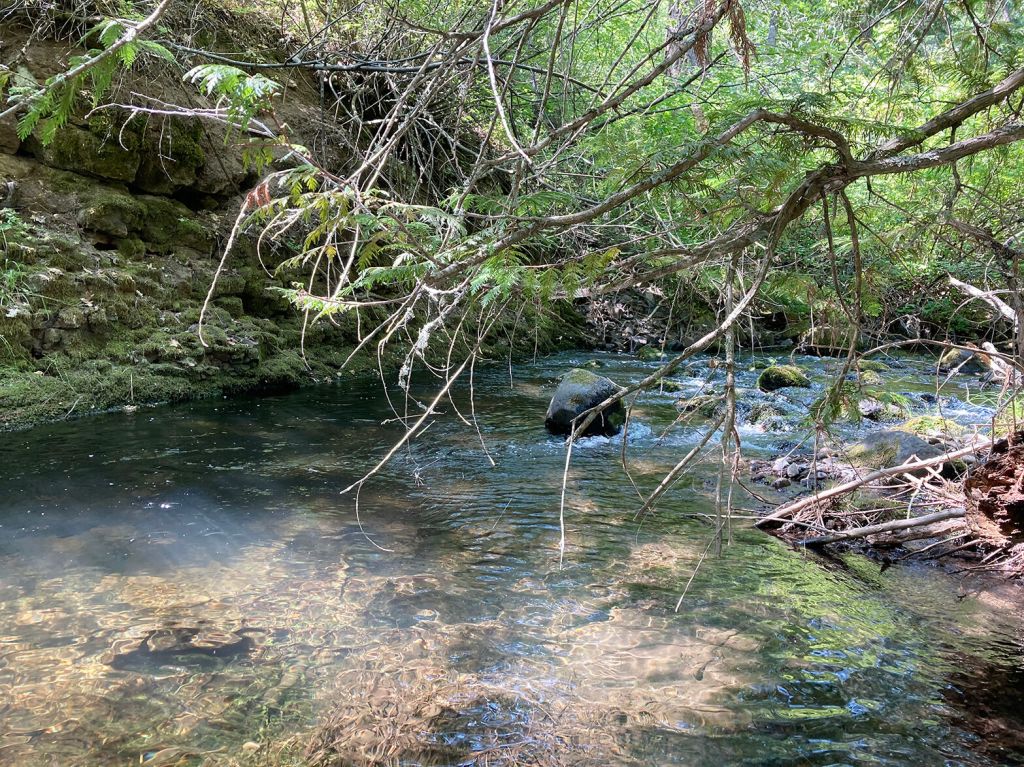Science Findings: Environmental DNA reveals life in Northwest streams
Published 3:32 pm Thursday, June 30, 2022

- Fifteenmile Creek.
Streams and rivers are a rich repository of minute traces of genetic material from all organisms that live in or near the water, from the tiniest microbes to fish, mammals, and trees. This environmental DNA (eDNA) can tell a detailed story about the life within and around the waterbody.
Brooke Penaluna and Richard Cronn, scientists with USDA Forest Service Pacific Northwest Research Station, have spent the past several years studying the potential uses of eDNA as a tool for understanding what’s living in Pacific Northwest streams. Through eDNA analysis, they have identified more than 900 taxa living in Fall Creek in western Oregon. And they were able to identify distinctions within species, giving a more nuanced picture of what’s inhabiting Northwest waters. Penaluna also found that the distribution of coastal cutthroat trout in 60 streams in Oregon and Washington was more extensive than previously thought.
Trending
Their methods show promise as a survey tool for public and private natural resource managers who are tasked with protecting endangered fish and other species, as well as monitoring the introduction of aquatic invasive species. The current survey method, in use since the 1960s, is electrofishing, which is more labor-intensive, can only be done in wadable water, and is potentially hazardous to stream life.
More work needs to be done to make eDNA analysis an efficient and cost effective tool in the field, but the possibilities are nearly endless.
Read the complete article here.
Science Findings is a publication of the U.S. Department of Agriculture and U.S. Forest Service. Find Pacific Northwest articles at www.fs.usda.gov/pnw.





